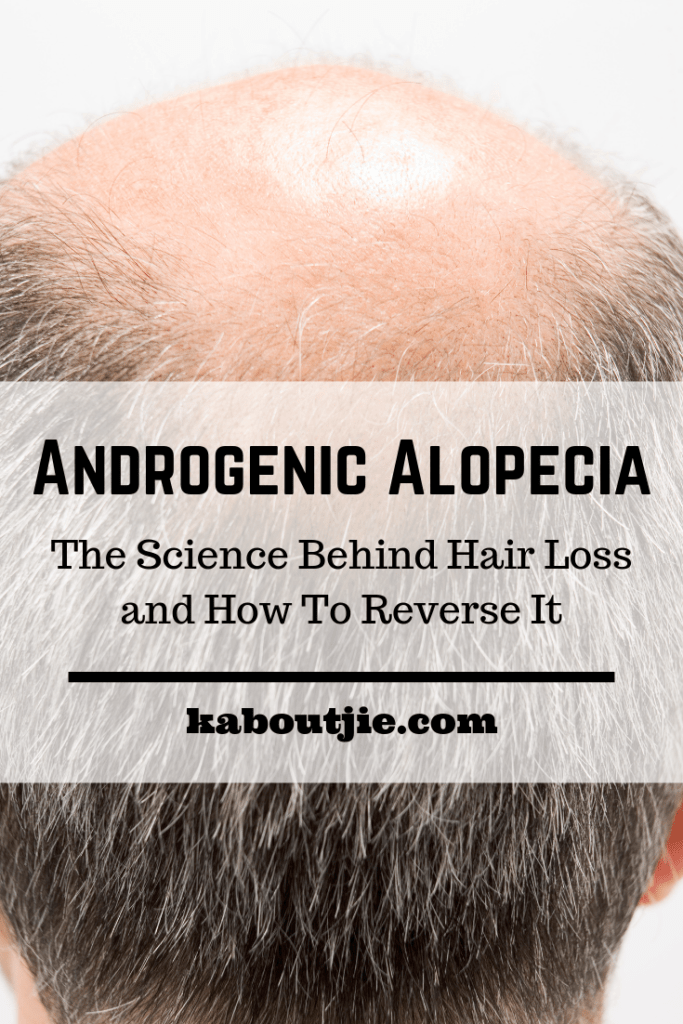Hair loss is relatively prevalent among men with nearly 50% of men to suffer from it after the age of 50. The prevalence of androgenic alopecia in men is what perhaps drew attention to the pattern of hair loss and how it occurs. We have all wondered at least once, why hair loss in men happens in the same pattern. If you are one of those who wondered read along to crack the mystery. If you are bald yourself and are here for methods of hair restoration, then continue reading as well.

Male-pattern baldness
Androgenic alopecia or male pattern baldness refers to hair loss that results in the notorious pattern of hair loss: a receding hairline and thinning crown. The degree of hair loss varies from one man to the other. However, the areas of hair loss and thinning remain the same. The back is rarely ever affected by hair loss.
A version of testosterone known as DHT (dihydrotestosterone) binds to follicular units and causes androgen-sensitive units to close prematurely. It so happens to be that the hairs on the hairline and the crown tend to be androgen sensitive whereas hairs on the beck tend to be resistant to androgens and remain active throughout the attacks.
Reversing androgenic alopecia
Fortunately, the difference in the androgen sensitivity characteristics between grafts paved the way for treatment. Hair transplants made use of the androgen-resistant follicular grafts to treat baldness.
The technique works by extracting follicular units from areas of hair growth and relocates them to bald areas. Upon relocation of the grafts, they do not lose their androgen resistant characteristics. Results show within a year, but the follicular units will continue to grow until the one-year mark where they become healthy and can be treated like natural hair; cut, trimmed, or even dyed.
The method of harvesting varies from one technique to the other. In follicular unit transplants (FUT) hair transplants, first, an entire strip of the scalp is excised from the donor region. Next, the piece is dissected to collect follicular units for implantation in recipient regions. The process of harvesting in FUT leaves a linear scar and poses a risk of nerve damage in the area that could either be permanent or temporary.
With follicular unit extraction (FUE) hair transplants, on the other hand, the process of harvesting grafts is more immaculate. A punch is utilized to isolate grafts and later with forceps the grafts are extracted. The micro-punch leaves minuscule scars around the area and does not damage the nerves in the region. The individual method of extraction allows FUE to transplant hairs in body areas such as the eyebrows and the beard.
In closing
The secret behind the notorious pattern of hair loss is in the difference in androgen-sensitivity properties between follicular units in the crown and the back. Hair transplants make use of the androgen-resistant follicular units to treat baldness by relocating them to areas of hair loss. Upon relocation, the grafts continue to initiate growth. To know more about hair transplants, book a free online consultation session with Vera Clinic.
 Kaboutjie SA Mommy Blogs by Lynne Huysamen
Kaboutjie SA Mommy Blogs by Lynne Huysamen





Mhmm will definitely show this to my granddad
My poor hubby is losing his hair and he is not impressed, I will share this with him!